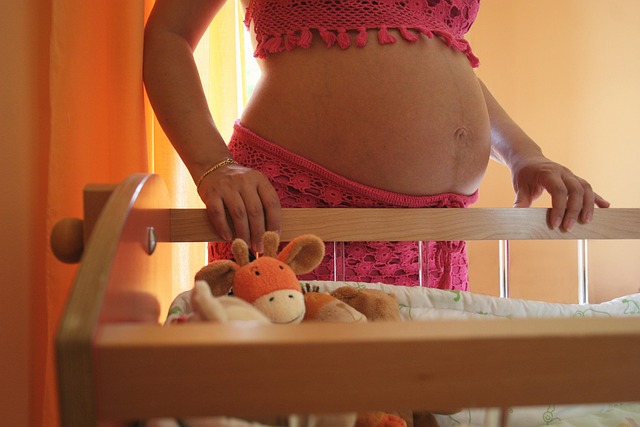When is a woman’s most fertile time?
A woman’s peak fertility occurs during ovulation, which typically happens between days 11 and 21 of her menstrual cycle. Counting from the first day of her last period, day 1 is when she begins to bleed, with ovulation likely occurring around day 11. Day 21 is generally the last day she might ovulate. A typical menstrual cycle lasts between 28 and 32 days, though this can vary among individuals due to various factors.
Is infertility solely a female issue?
Infertility is a medical condition that can affect both men and women equally. For men, common causes include low sperm counts, testicular abnormalities, and issues with erectile function. In women, typical causes include blocked fallopian tubes, endometriosis, polycystic ovary syndrome (PCOS), and advanced maternal age, which can impact egg quality and quantity.
How prevalent is infertility?
Infertility is an increasing concern for many couples, affecting approximately 6.1 million couples, or about 10% of American couples of childbearing age. Notably, about 25% of infertile couples face multiple infertility issues. The rise in infertility may be linked to more women choosing to delay starting a family, which can adversely affect reproductive health. Additionally, the increasing rates of certain sexually transmitted infections, such as chlamydia, can lead to conditions like blocked tubes, hindering conception.
How long should a couple try to conceive before consulting a doctor?
The American Society for Reproductive Medicine recommends that women seek medical advice if they are under 35 and have been trying to conceive for over 12 months, or if they are over 35 and have been trying for more than 6 months.
Can you find out about fertility issues beforehand?
It’s always advisable to discuss potential fertility concerns with your healthcare provider, who can conduct a thorough evaluation. You also have the option of at-home fertility tests available for both men and women.
Does the chosen position during intercourse affect fertility?
After ejaculation, enough sperm remains inside the woman to potentially fertilize an egg, so there is no significant advantage to any particular position.
What about fertility treatments?
Fertility treatments can enhance the chances of conception. These may encompass lifestyle changes, vitamins, supplements, surgery, medications, or assisted reproductive technologies. Various assisted reproductive techniques include in vitro fertilization (IVF), gamete intrafallopian transfer (GIFT), and zygote intrafallopian transfer (ZIFT). All these methods involve collecting eggs with the intention of fertilizing them and then placing the fertilized egg into the uterus.
For those looking to explore their options, resources like Vegas Pregnancy offer a free sperm donor matching service in Las Vegas, while Make A Mom provides at-home insemination services with a unique reusable option. Curious about how this process works? Check out this guide for a detailed explanation. Additionally, for great deals on baby and family essentials, visit our post on Amazon Prime Day. For more insights on fertility and reproduction, Modern Family Blog is also a fantastic resource. If you’re looking for comprehensive information about pregnancy, Healthline is an excellent reference.
In summary, fertility and infertility are complex issues that can affect both genders. Understanding the timing of ovulation, recognizing the shared nature of infertility, and knowing when to seek help can empower couples on their journey to conception.
